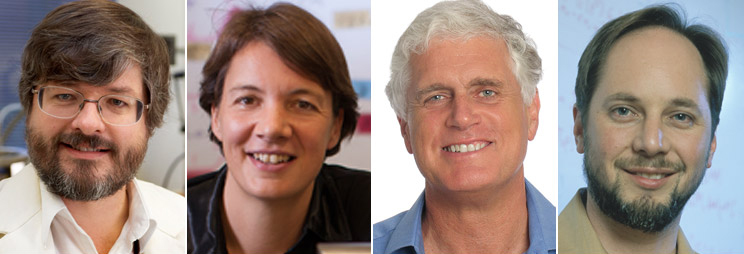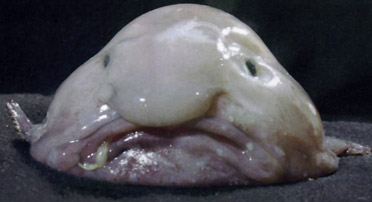
In some good news on Alzheimer’s disease, Johnathan Stone published a new theory into the cause of the disease which suggests that the heart, not the brain could be to blame. This was followed by new research published by Michael Parker and his team on drugs that could attack abnormal ‘plaques’ on the brain.
Secretary for Physical Sciences Chennupati Jagadish helped take part in an unusual kind of art project to celebrate the Anzac centenary: the creation of a microscopic Anzac tribute etched on a tiny piece of gold using nanotechnology.
The Great Barrier Reef continued to be in the news and many of our Fellows have been asked to comment, particularly Terry Hughes.
There were tributes in the media for Fellow and climate scientist the late Professor Michael Raupach, who passed away earlier this year.
The Walter and Eliza Hall institute turned 100 in March. WEHI director Doug Hilton said of the anniversary: ‘When you reflect on the advancements in health and medicine over the past 100 years, the milestones we have achieved have been absolutely remarkable.’
Brian Schmidt was a guest on an eclectic ABC Q&A panel in March, in which he explained our chances of reaching other earth-like planets.
For her work on quantum computing, Michelle Simmons was named by BRW magazine as one of five Australian innovators ‘inventing the future’.
Nick Martin co-authored research suggesting that genes linked with autism also promote higher intelligence.
Research which helps to explain the slowdown in average global surface temperatures by climate scientist Matthew England and his team attracted significant media attention earlier this year.
A number of Academy Fellows, including Nobel Laureate Peter Doherty and former Australian of the Year Fiona Stanley, wrote an open letter calling on the major banks not to finance the expansion of coal projects in the Galilee Basin.
Peter Doherty and his team at Melbourne University have also brought us one step closer to getting a one-shot flu jab for life.
Howard Wiseman and his team at Griffith University demonstrated for the first time Einstein’s original conception of ‘spooky action at a distance’.
Tanya Monro and ‘her brilliant career’ were featured in Cosmos Magazine.

Hugh Possingham launched a new project to help save Australia’s biodiversity. Possingham also made the news for arguing that conservation funds should be shared to benefit less ‘charismatic’ animals, even ones as homely as the slimy blob fish.
© 2025 Australian Academy of Science